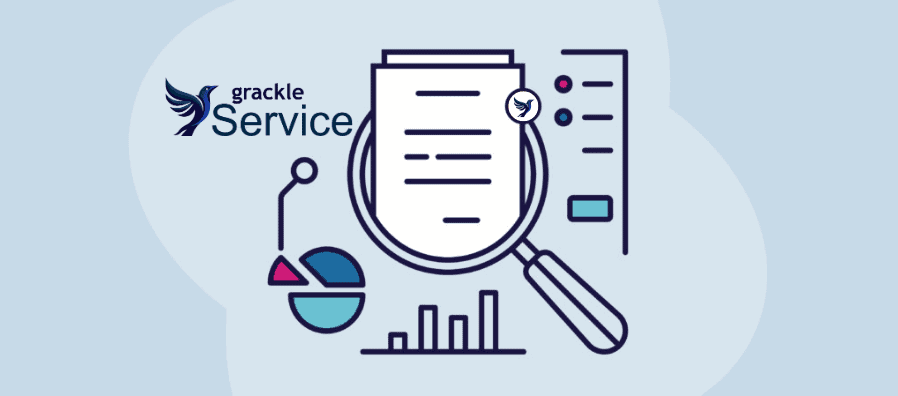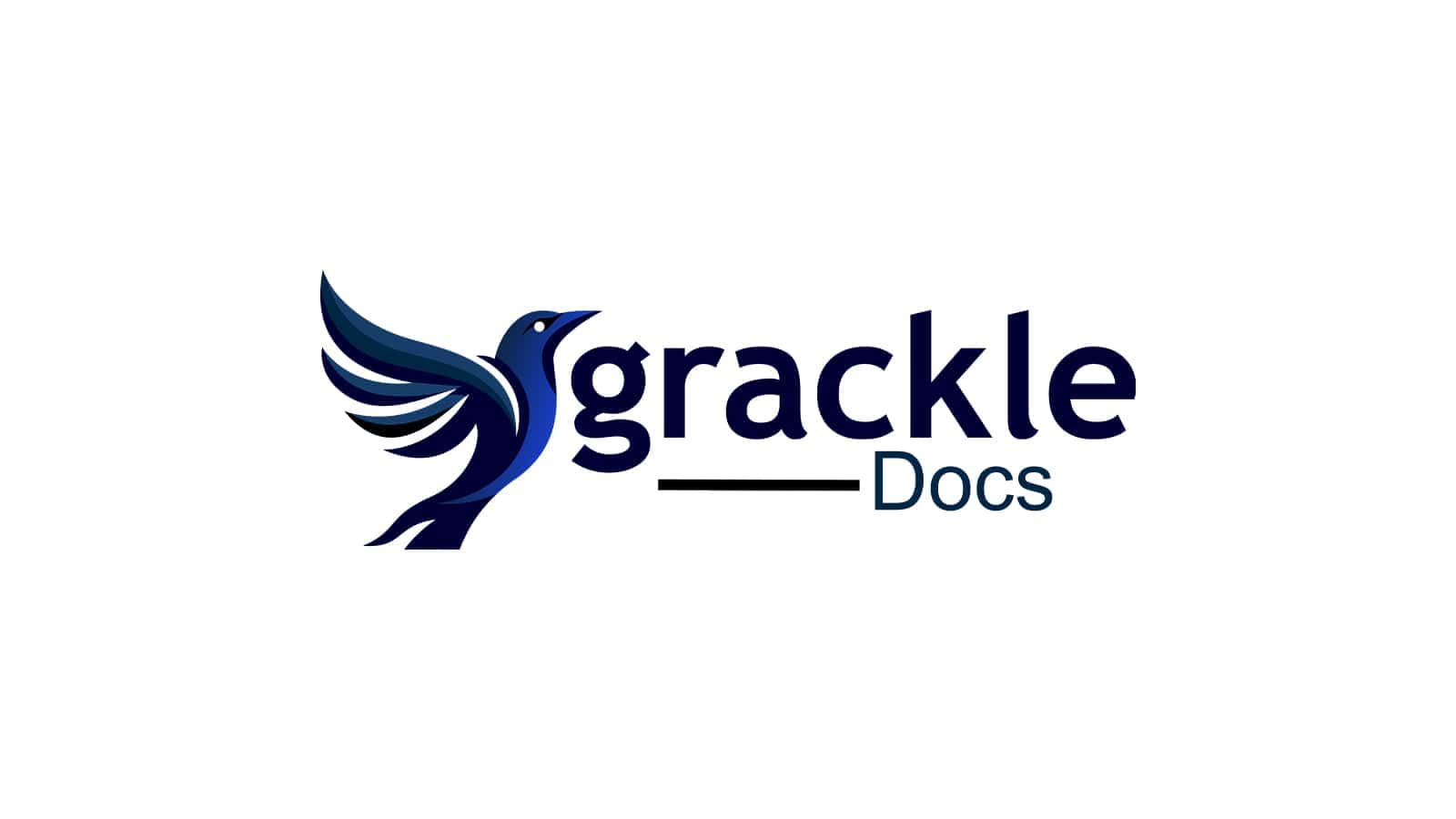À une époque où les espaces numériques dominent divers aspects de notre vie quotidienne, garantir l'accessibilité pour tous n'est pas seulement une obligation légale, mais aussi un impératif éthique et moral. L'engagement du Canada à construire une société inclusive se retrouve dans sa Loi sur le Canada accessibleCette législation monumentale vise à éliminer les obstacles et à garantir l'accessibilité dans les domaines relevant de la compétence fédérale.
Comprendre la loi sur l'accessibilité du Canada (ACA)
Adoptée en 2019, l'ACA est une loi révolutionnaire qui met le Canada sur la voie de l'absence d'obstacles pour les personnes handicapées d'ici à 2040. Alors que les réglementations précédentes, telles que la Loi canadienne sur les droits de la personne et la Charte des droits et libertés, ont jeté les bases des droits des personnes handicapées, l'ACA se consacre explicitement à l'accessibilité, en s'attaquant de front aux obstacles systémiques.
Accessibilité numérique : Pourquoi c'est important
À l'ère du numérique, tout est disponible en ligne, des services bancaires à l'éducation, en passant par les achats et les réseaux sociaux. En tant que telle, l'accessibilité numérique garantit que les sites web, les applications et les autres plateformes numériques sont conçus et développés de manière à ce que tout le monde, y compris les personnes handicapées, puisse les utiliser.
L'inaccessibilité en ligne signifie souvent que les personnes handicapées sont exclues de la pleine participation à de nombreuses activités quotidiennes modernes, ce qui souligne l'importance des dispositions de l'ACA relatives aux espaces numériques.
Principales dispositions de l'ACA relatives à l'accessibilité numérique
- Conception sans barrières: La loi impose aux entités relevant de la compétence fédérale, ce qui inclut de nombreuses plateformes numériques, d'adopter une approche proactive. Cela signifie qu'il faut prendre en compte l'accessibilité dès le départ plutôt que de procéder à des aménagements rétroactifs.
- Outils de retour d'information: Les organisations doivent fournir des outils permettant d'obtenir un retour d'information sur l'accessibilité, en donnant aux utilisateurs un moyen de signaler les problèmes ou les obstacles qu'ils rencontrent.
- Examens réguliers: L'ACA impose aux organisations de revoir et d'actualiser régulièrement les mesures, les politiques, les pratiques et les services afin de garantir une accessibilité permanente.
- Formation: Les employés, en particulier ceux qui jouent un rôle dans la conception et le développement, doivent être formés aux normes d'accessibilité et aux meilleures pratiques.
Ce que les entreprises doivent faire
L'ACA n'est pas seulement une ligne directrice pour les entreprises relevant de la juridiction fédérale, c'est un mandat.
Voici des mesures concrètes pour garantir la conformité :
- Réaliser un audit: Examiner les sites web, les applications et les autres plateformes numériques pour vérifier les niveaux d'accessibilité actuels.
- Mise en œuvre des changements: Utiliser des outils et des lignes directrices, telles que les lignes directrices pour l'accessibilité des contenus web (WCAG), pour s'assurer que les plates-formes répondent aux normes nécessaires.
- Contrôle continu: Les espaces numériques évoluent. Vérifier régulièrement l'existence de nouveaux obstacles et s'y attaquer.
- Faire appel à des experts: Consulter des professionnels de l'accessibilité numérique qui peuvent fournir des informations sur les meilleures pratiques et les tendances émergentes.
Défis et considérations
Si l'ACA a mis le Canada sur une voie louable, il est essentiel de reconnaître les défis potentiels :
- Une évolution technologique rapide: Le paysage numérique évolue rapidement. Les entreprises doivent rester à jour et réactives.
- Interprétations diverses: Le terme "accessibilité" peut revêtir des significations différentes selon les entités. Il est essentiel d'avoir une compréhension claire et unifiée.
Une vue d'ensemble : Un Canada numérique inclusif
L'accessibilité numérique n'est pas seulement une question de conformité, c'est aussi la reconnaissance du droit fondamental de tous les individus à participer pleinement au monde numérique moderne. L'ACA, qui met l'accent sur la planification proactive et l'amélioration fondée sur le retour d'information, ne protège pas seulement les droits des personnes handicapées, mais souligne également l'éthique plus large de l'inclusion que le Canada s'efforce d'atteindre.
La loi sur l'accessibilité du Canada pose des bases solides, mais il nous appartient à tous de les consolider pour façonner un avenir numérique où chacun pourra participer pleinement et de manière égale.



